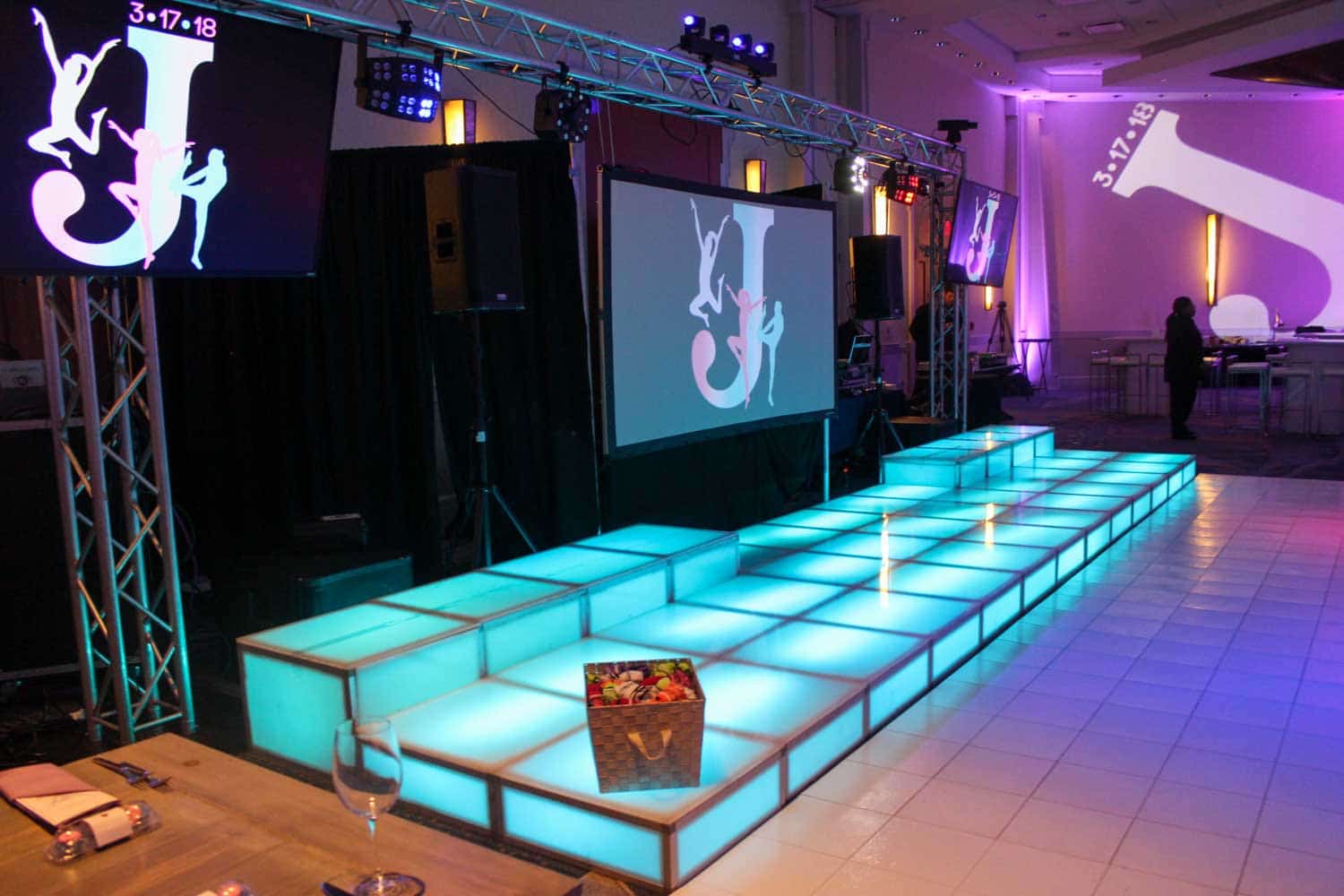Examining the Fundamental Elements That Affect Brightness in LED Wall Screens
Examining the Fundamental Elements That Affect Brightness in LED Wall Screens
Blog Article
LED panel screens are progressively favored for both advertising and leisure due to their luminous and vivid displays. Understanding the factors that affect the luminosity of these panels is crucial for producers and buyers alike. Brightness is typically measured in nits, which indicates how much light is emitted from the surface of the screen. Several key factors contribute to the overall brightness, including the kind of Light Emitting Diode used, the caliber of the panel materials, and the power supplied to the panel.
The kind of Light Emitting Diode component used in a wall panel plays a crucial role in its brightness. Various LEDs emit varying levels of light output, which gauge the amount of light perceptible to the human eye. Premium components, such as those made using advanced technology, can produce more luminous light with higher effectiveness. Furthermore, the color temperature of the LED also influences apparent luminosity. For instance, cooler hue temperatures (higher K values) can seem brighter than hotter ones, even at the same lumen level. This characteristic is important for uses where visibility is crucial, such as in outdoor promotion.
The substances used in the building of Light Emitting Diode wall panels also influence their luminosity. The type of foundation and encapsulation materials can affect how much illumination is conducted versus how much is absorbed or dispersed. For example, a panel made with premium optical glass will allow more light to pass through than one made with inferior materials. Additionally, the design of the screen, including its thickness and the layout of the Light Emitting Diodes, led wall installation guide can improve or diminish luminosity by influencing how illumination is distributed across the screen.
The power source provided to the LED panel panels is another key factor in establishing luminosity. Each LED component has a specific electric potential and electric flow requirement for optimal functioning. If the power source falls short, the brightness of the screen will decrease. Conversely, providing too much energy can lead to overheating and decreased lifespan of the Light Emitting Diodes. Therefore, maintaining a consistent and adequate power source is essential for realizing uniform luminosity levels. This is especially important in dynamic displays, where brightness may need to be adjusted for different illumination conditions.
Finally, surrounding factors can influence how luminosity is perceived. Surrounding illumination conditions play a major role in how luminous an LED panel panel looks. In bright daylight, for example, a screen with a lower luminosity level may struggle to be seen clearly, while a higher-brightness screen can be prominent more effectively. Additionally, the perspective from which the panel is viewed can affect brightness appearance due to how Get More Information light bounces off surfaces. Comprehending these elements helps consumers select the right Light Emitting Diode wall screen for their requirements and ensures that producers produce products that meet brightness standards for different applications.